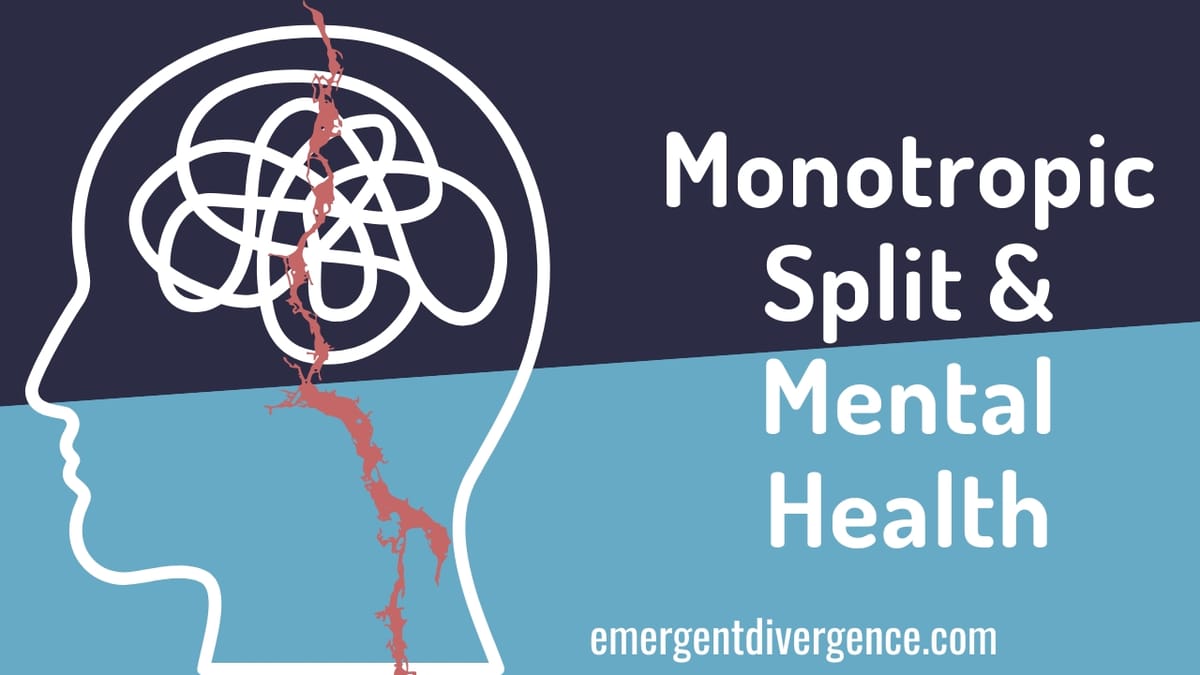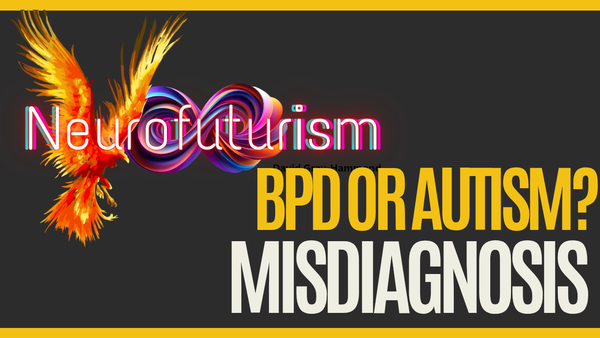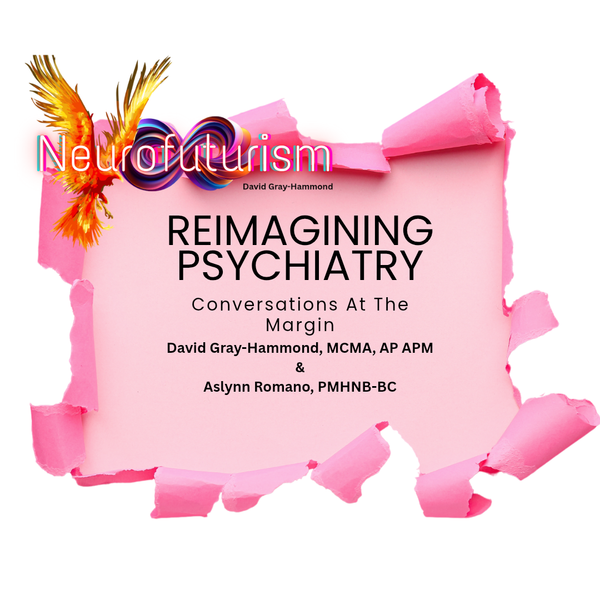Monotropic Split and Mental Health
Monotropic split, introduced by Tanya Adkin, explains how Autistic individuals experience cognitive overload and burnout due to forced attention to multiple demands. This split contributes to energy deficits and mental health crises, exacerbated by societal pressures. Creating supportive environment

Monotropic split was first conceptualised by Tanya Adkin (Adkin, 2022) as a proposed mechanism by which Autistic people enter into burnout. It is built on the concept of monotropism (Murray et al., 2005), which itself proposes that Autistic people (and now maybe others) have bodyminds that prefer to apply their attentional resources deeply to a single attentional demand, rather than apply their resources on a surface level to multiple demands. Monotropism has been positioned as a foundational part of how Autistic people experience the world, and growing research looks to cement its place in academic theory.
What is monotropic split?
Monotropic split can be thought of as a cognitive trauma. If you imagine Autistic attention as a flexible but singular object, then split can be thought of as that object being forced into a shape until it breaks. So, Autistic people who are forced to apply surface level attention to multiple demands experience the splitting of their attentional resources, which over burdens our bodyminds and pushes us out of the limits of our cognitive limitations.
Extended periods of over extending our cognitive capacity leaves us in an energy accounting deficit. In simple terms, we spend our day needing to recover energy while spending more of it than we were able to in the first place. This creates a perfect storm for Autistic burnout and potentially life changing effects on our mental health and wellbeing.
What does monotropic split feel like?
In my own experience, monotropic split feels like trying to play two video games simultaneously on the same screen. I need to pay deep attention to just one in order to process it, and the presence of the other means that I am now to overwhelmed to properly process anything. Because this is not how my bodymind wants to apply it's attention, it tries to compensate by giving 100% two both demands. Because I cannot give 200% to something, I then have to borrow resources from tomorrows energy budget in order to increase the value of 100% enough to focus on multiple demands.
Unfortunately, this reallocation of resources means that tomorrow I will likely start the day in an energy deficit, requiring further reallocation of cognitive resources. This cycle of cognitive debt continues until there are no more resources to reallocate from anywhere. This is the point at which I burnout, and this is the point at which my mental health declines.
How does monotropic split impact our mental health?
In truth, monotropic split is more or less unavoidable in our current society. We live in a world of multiple demands that requires us to be something other than Autistic. This means that we are often masking, which is a demand on our resources, we have jobs or children, which are a demand on our resources. We have financial worry, which costs us resources. For those of us who have pre-existing mental health issues, coping with that is also a demand.
The problem for me is that the first thing to go when I burnout from split is my feeling of safety. In fact my ability to identify and articulate my emotions goes completely (read more about alexithymia here). Part of managing my mental health is being able to identify when it is declining and respond appropriately. When I have burnt out from monotropic split, I can not do this. This means that my outward behaviour and inner distress can snowball out of control and present as a distinct mental health crisis.
Creating monotropically trauma-informed environments
When it comes to Autistic distress and burnout, I always return to Dr. Luke Ceardon's golden equations:
Autism + Environment = Outcome
The Autistic part of that equation is not a directly changeable value. Therefore, to mediate the impact of monotropic split on our wellbeing, we have to curate the environment. This doesn't mean that we create perfect environments where split never occurs. There are simply too many environmental variables to be able to account for everything, however there are practical steps we can take that may help mitigate some of the initial issues that arise.
- Create space for deep focus with minimal additional demands on attention.
- Create environments that allow for natural and planned transitions between demands.
- Allow additional processing time to account for attentional styles and changing demands.
- Minimise extraneous background sensory disturbance while maximising regulatory sensory input.
Thos points make it sound deceptively simple, but in truth we have to consider that the Autistic person in the golden equation represents a unique value from person to person. Autistic people have spiky and dynamic profiles of needs, and we rarely have the same profile as other Autistic people, save for some generally shared experiences. A truly monotropically safe environment will allow for the individuality of Autistic people, and not attempt to apply a prescriptive one-size-fits-all approach to accommodations.
References
Adkin, T. (2022) Guest Post: What is monotropic split? Emergent Divergence
Murray, D., Lesser, M., & Lawson, W. (2005). Attention, monotropism and the diagnostic criteria for autism. Autism, 9(2), 139-156.


